The Ringling News
20 December 2022
Conserving Emperor Justinian
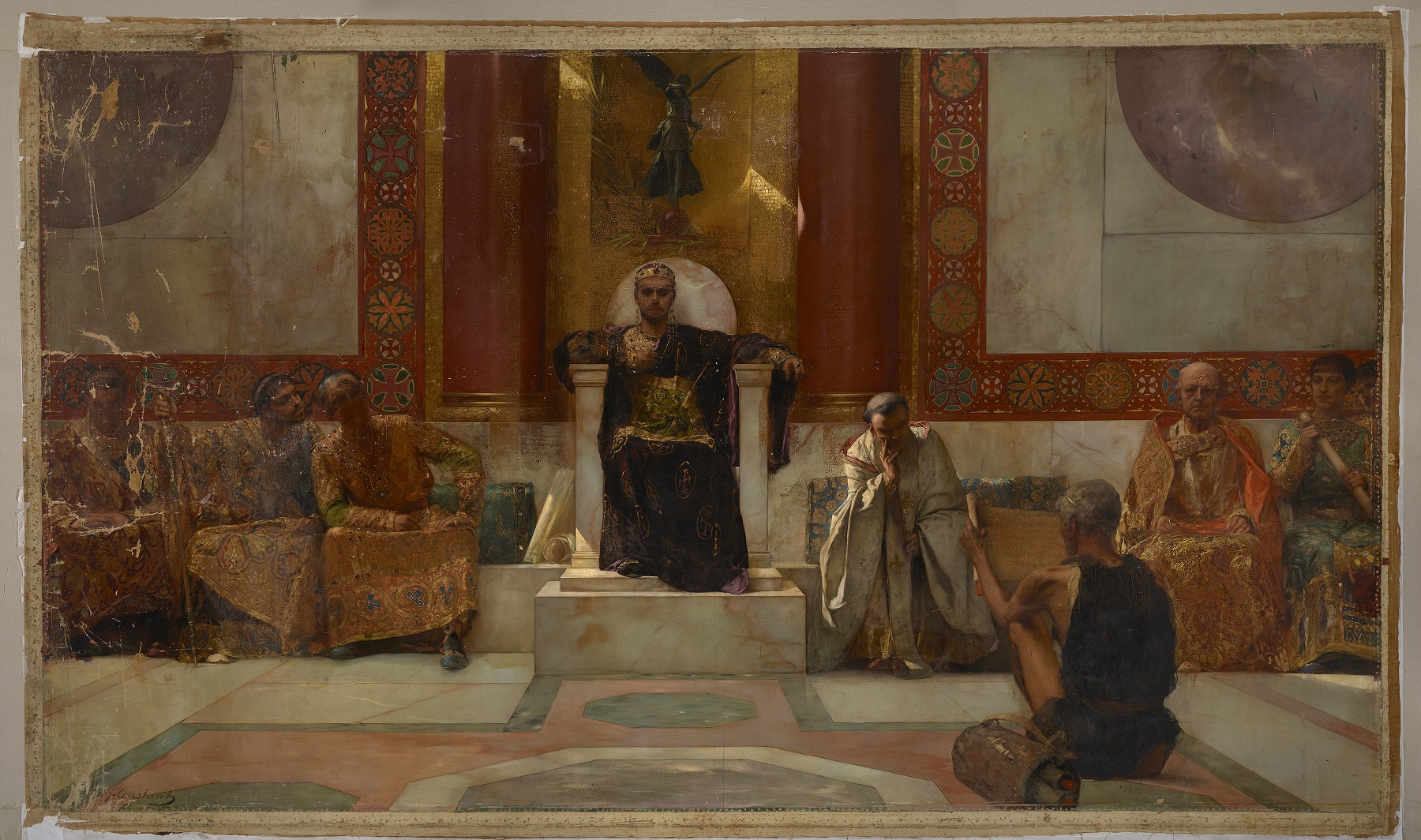
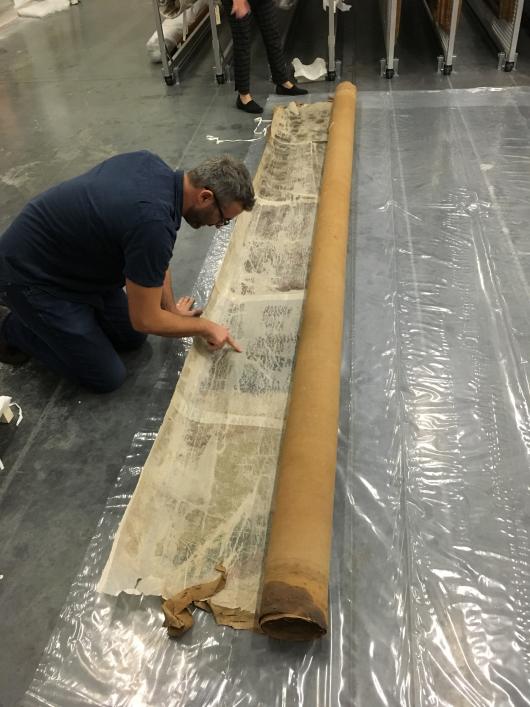
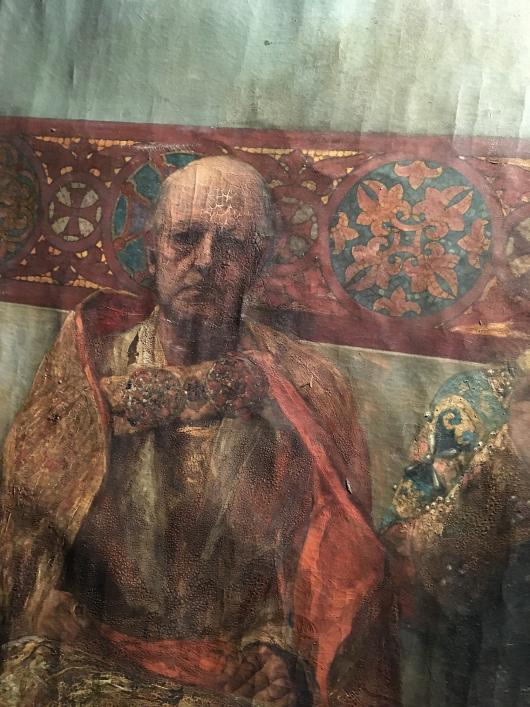
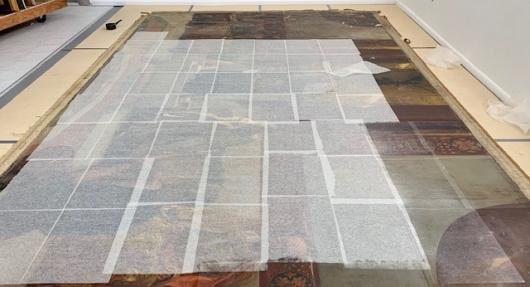
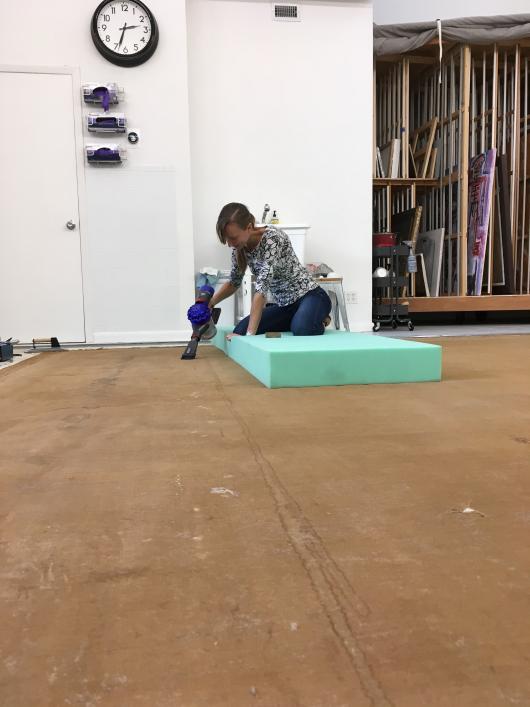
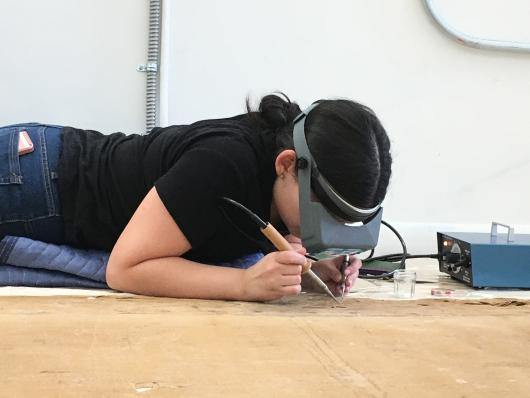
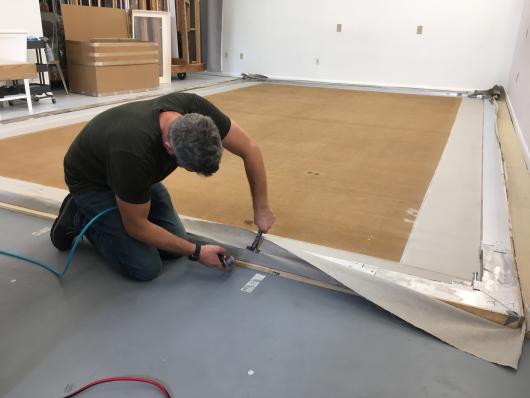
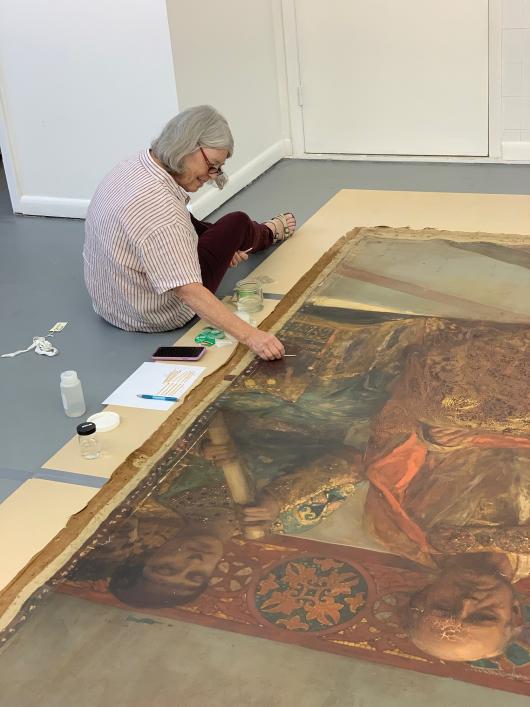
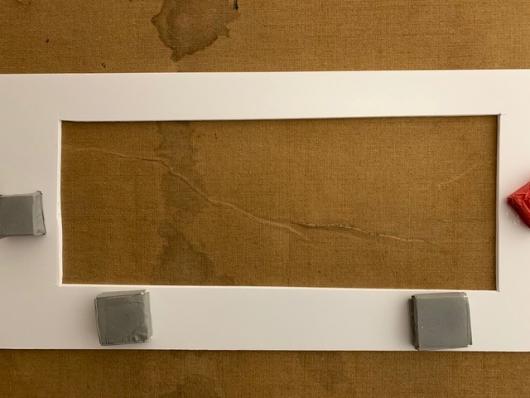
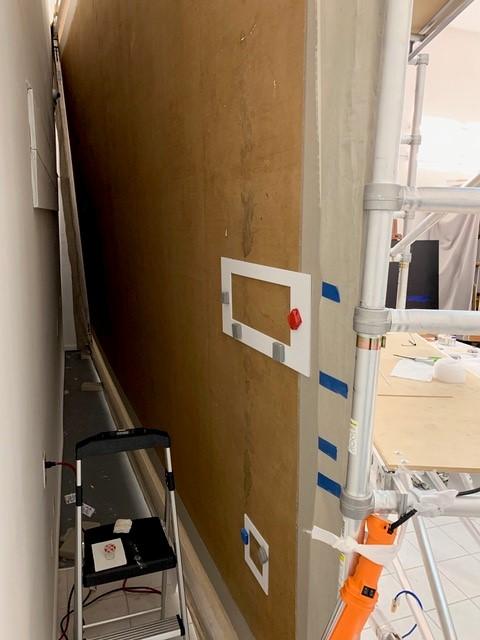
For the first time in over sixty years, one of the most impressive works of art in The Ringling’s collection will return to view. Measuring a staggering thirteen by twenty-two feet, the painting by 19th-century French artist Jean-Joseph Benjamin-Constant depicts the Byzantine Emperor Justinian and his counselors engaged in a discussion of religious texts.
When the painting failed to win the top prize at the 1886 Paris Salon exhibition, the primary venue for French painters in search of recognition and interested buyers, Benjamin-Constant sold Emperor Justinian to an American collector. That collector in turn donated it to the Metropolitan Museum of Art in New York, where it was prominently displayed for eighteen years.
Jean Joseph Benjamin Constant (French, 1845-1902), Emperor Justinian, 1886, Oil on canvas, 148 x 260 in. (375.9 x 660.4 cm), Bequest of John Ringling, 1936. SN442 The John & Mable Ringling Museum of Art
In 1928, Emperor Justinian was returned to the donor’s family. Early the following year, John Ringling, a collector who did not shy away from large-scale works, purchased it for the museum he was building in Sarasota.
The painting was last shown here in the 1940s, before being rolled up and stored away, at some point suffering significant damage.
Recognizing the conservation needs of Emperor Justinian, The Ringling invited ArtCare Conservation in Miami to examine the painting in 2018 and provide a proposal for conservation treatment. The Ringling was able to proceed with this treatment when it was awarded a significant grant from the Getty Foundation in 2019 as part of its Conserving Canvas initiative. This grant supported the cost of structural treatment and training residencies for several mid-career painting conservators to work on the project and gain new skills. Conservation work began at ArtCare in July 2019 and will continue until January 2020.
Treatment involves the following stages to help preserve the painting:
Examination, documentation, and testing
Conservators started by documenting the condition of the canvas, which included numerous tears and holes, as well as creases and other pronounced distortions caused by rolling. The paint layers had suffered damages such as cracking, abrasion, and loss, with significant buildup of surface grime and discolored varnish. In addition, the artist had used materials that caused contraction of the upper paint layers on drying, resulting in a characteristic cracking pattern that revealed the underlying paint colors in many areas.
Stabilization of the paint layers
Flaking paint layers were stabilized using an adhesive, to prevent further loss. Tissue paper sheets, called facings, were then adhered to the entire surface to protect the painting during conservation, making it safe to lay the painting face-down to work on the back of the canvas.
Repair of the canvas tears and holes
The back of the original canvas was gently cleaned. The outer edges of the canvas were warmed and flattened to reduce distortions. Conservators then painstakingly repaired tears and filled larger holes with pieces of canvas cut to shape. The canvas edges were then strengthened with a thin layer of synthetic fabric followed by large strips of linen canvas, applied using irons and a heat-activated adhesive.
Temporary stretching of the painting
The monumental painting was stretched temporarily on a custom-built aluminum stretcher, so that it could be placed upright for the next stages of treatment.
Cleaning of the painting surface
The facing material was removed from the surface of the painting, testing was carried out, and surface grime was removed using appropriate cleaning agents on cotton swabs.
Additional canvas treatment
Creases and other canvas distortions were treated using foam board supports and magnets. This approach provided pressure from both sides of the canvas at once, so that deformations could be gently reduced using humidity and the flattened canvas held in place until dry.
To complete the conservation of Emperor Justinian, a few significant steps remain:
In order to reinforce the degraded canvas, an additional canvas will be attached to the back of the original, a process known as lining. Once completed, organic solvents will be applied by rolling cotton swabs over the surface to remove the discolored varnish. After re-varnishing, areas of paint loss will be filled, then inpainting carried out in order to faithfully reintegrate the design. Finally, the painting will be re-rolled and transported back to The Ringling, where it will be mounted on its new stretcher and installed in Gallery 21 with other 19th century paintings collected by John Ringling.
Conserving Canvas Project Team
Project Lead: Barbara A. Ramsay
Curator of Collections: Dr. Sarah Cartwright
Senior ArtCare Conservators: Rustin Levenson, Oliver Watkiss
External Senior Conservators: Professor Ian Hodkinson, Gianfranco Pocobene
Trainees: Blair Bailey, Bitzy Couling, José Lazarte, Elizabeth Robson, Agata Sochon, Megan Salazar-Walsh, Daniella Serrano, Meredith Watson
ArtCare Conservators: Kelly O’Neill, Veronica Romero-Gianoli
ArtCare Staff: Katz Hernandez, Javier Hernandez

